Has spring sprung for you, or is it right around the corner? With ice and snow melting away, a few of your favorite running routes will be visible again. It's time to make the happy transition from winter runs to spring runs.
You're undoubtedly ready to leave the treadmill or snow behind and return to nature. Whether you had to shorten your runs due to snow or ice, were forced to run indoors, or are inspired by the thaw to try running for the first time, spring running is nearing, and you might wonder how to make the transition smoother. We're here with some of our favorite running tips for spring to make the change more accessible and pain-free.
Before Hitting the Road
If you've been on the treadmill all winter, you know it's a convenient, lower-impact, and more precise run—though usually with a higher cost from either gym memberships or purchasing one. Running outdoors for many of us feels far more interesting, the fresh air freeing and mood-boosting while being cheaper overall.
However, when pounding pavement, your body will experience a more significant impact due to asphalt's stiffer surface. While that means more ground reaction forces, it could mean higher stress on your joints.
Before heading out, consider a few tips to ensure you avoid impact injury or joint pain:
- Considering strength training your legs. Building up base strength helps your body handle the repetitive motion of ground reaction.
- Shoes, shoes, shoes. Get the right shoes! First, ensure your running shoes show no wear or tear or flattening support. If they do, you must get a new supportive pair for foot health and to prevent injuries. Ensure your shoes feature heel control, a suitable midfoot base, a roomy toe box to grip and spread your feet, and the correct shoe flex to match your foot's flex!
Strengthen Legs
Stronger legs will allow you to take to the roads or running trails this spring with less muscle fatigue, aid your running technique, and boost your confidence while making you less likely to face plant or trip up.
What's an easy way to strengthen her legs?
- Squats. Excellent strength training for legs and activating glutes.
- Single-leg squats. Once squats feel easy or are already accessible, try the single-leg squat. These will make your legs work in isolation like they do when running.
- Forward lunge. The lunge will help improve our single-leg balance, stability, and coordination.
- Step-ups. Step-ups are great for the glutes, and you can use a chair, stairs, or steps.
Increase Your Hydration
As temperatures outside will increase, so does the amount we sweat. An increase of just five degrees can significantly increase our water needs. Since our bodies are mostly water, fluid loss through sweat can affect our mental and physical health and performance. Adjust and recalculate your hydration needs from winter to spring before, during, and after a run.
How can you figure out how much water you need for a run?
- Weigh yourself before and after an hour of training or running. Each pound of weight loss equals 16 ounces of fluid deficit. From your pre-run weight, subtract your post-run weight and add your water intake during the run to find your sweat rate. From there, you can quickly figure out how many ounces you should drink per hour while running or how much before you do.
What are some signs that your body needs more hydration?
- Rapid heartbeat
- Rapid breathing
- Extreme thirst
- Less frequent urination
- Dark-colored urine
- Fatigue
- Dizziness
- Confusion
- Heat exhaustion and heat stroke
Consistency over mileage
Remember to ease back into it if you find it challenging to maintain consistency through winter. A great piece of advice we like is the 10% rule. The 10% rule states you should add no more than 10 percent, per week, to your total mileage. This is a great, straightforward goal and formula to follow.
Don't focus too much on your pace or total miles but focus on perceived effort and time. Warmer weather will impact your training and speed, but pushing too hard and too fast against changing environmental factors can cause GI distress, emotional stress, mental stress, possible injuries, and burnout. Slow it down during the seasonal change to let your body adapt efficiently to the weather and running surface changes.
Don't Skip Proper Warm-ups or Cool Downs
Implementing a proper warm-up and cooling down when running should be done every time, but this can be one of the most challenging running routines. On days when our schedules are full, it's tempting to roll out of bed, get into our gear, run, shower, and head to work. On group runs, we're prone to socialize and catch up before and after—but this often leads to our bodies being more sore than usual and slowing down proper recovery.
Avoid injury and soreness by warming up and cooling down after each run.
Warm-up suggestions:
- Do at least five to ten minutes of light aerobic exercise to loosen up your muscles. Good pre-run exercises can include walking briskly, marching, slow jogging, or cycling on a bike
- Dynamic stretches like walking lunges, jumping jacks, or toe touches
Cool down suggestions:
- Perform a post-run cool down of 5 to 10 minutes of walking or jogging slowly while focusing on breathing to help calm down your system. It's essential not suddenly come to a complete top after a run, or you can risk EAC (Exercise Associated Collapse.) When you stop all movement suddenly, the muscles stop pumping blood to the heart, which can lead to blood pooling in the extremities. This can lead to insufficient blood in your brain, often leading to passing out.
- If you prefer, perform a few dynamic cool-down exercises, such as simple lunges or side-to-side shuffles in sets of two to three for fifteen to 30 seconds at a time after a run.
Make this spring your most accessible running season yet by following our expert running tips! We hope we've helped you make the most of the warmer months and that you enjoyed this article! Don't forget to bookmark and visit us often for the best tips, tricks, and informative articles about fitness, running, and more!
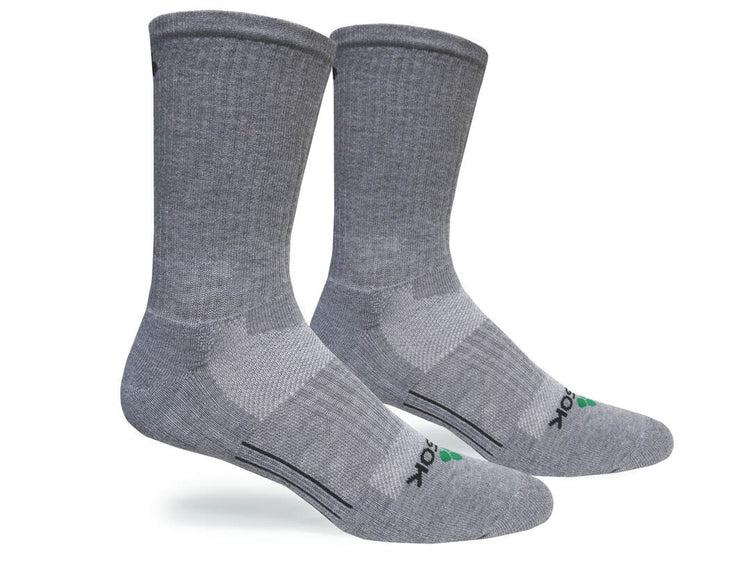
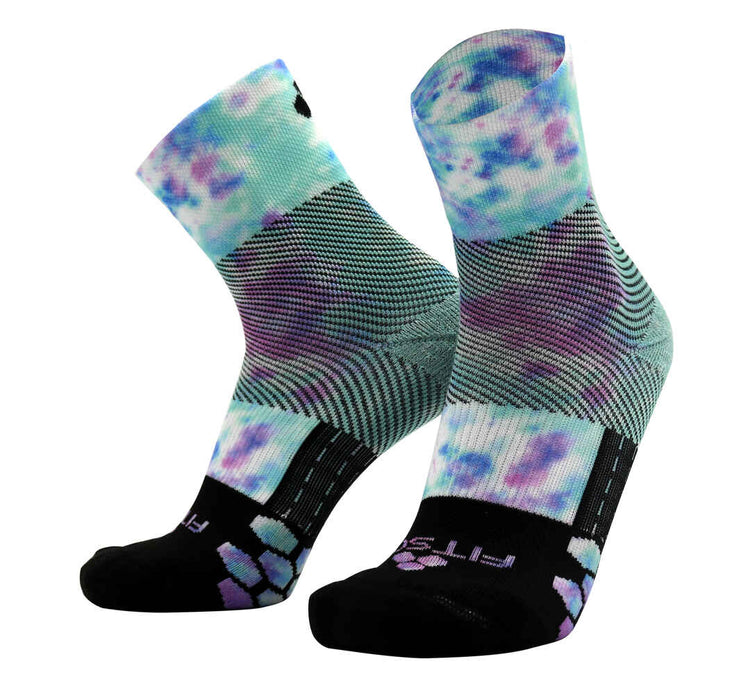
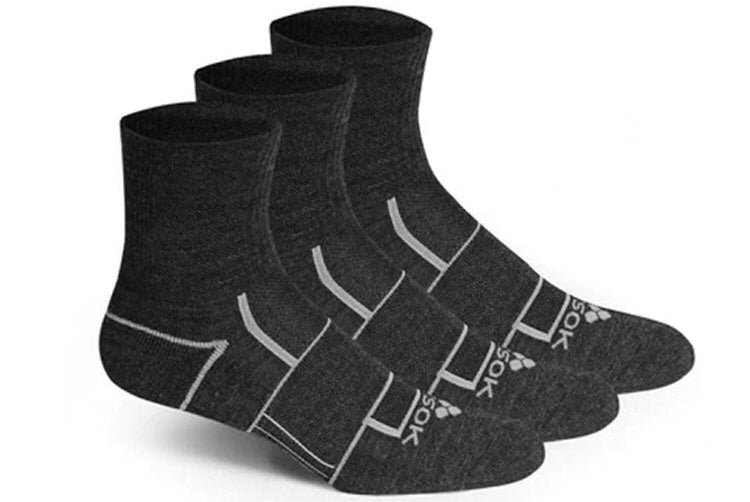
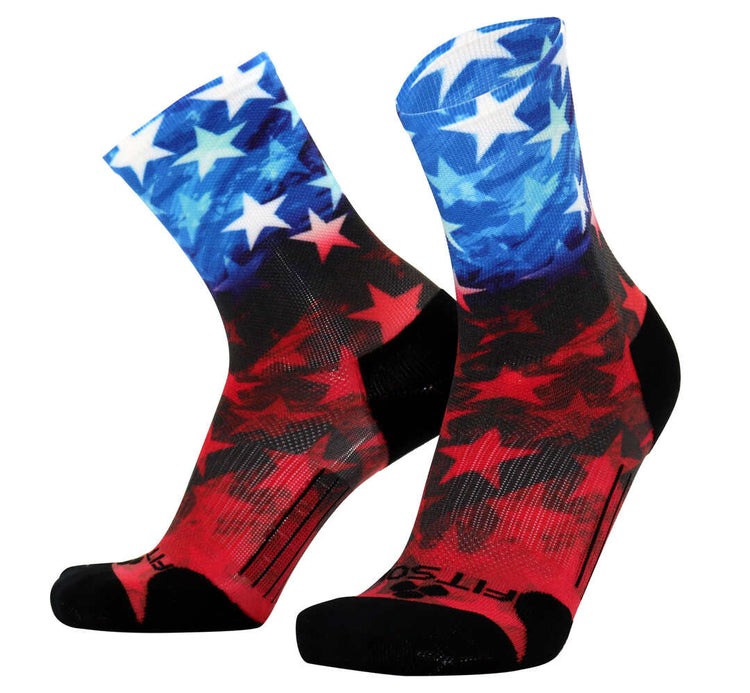

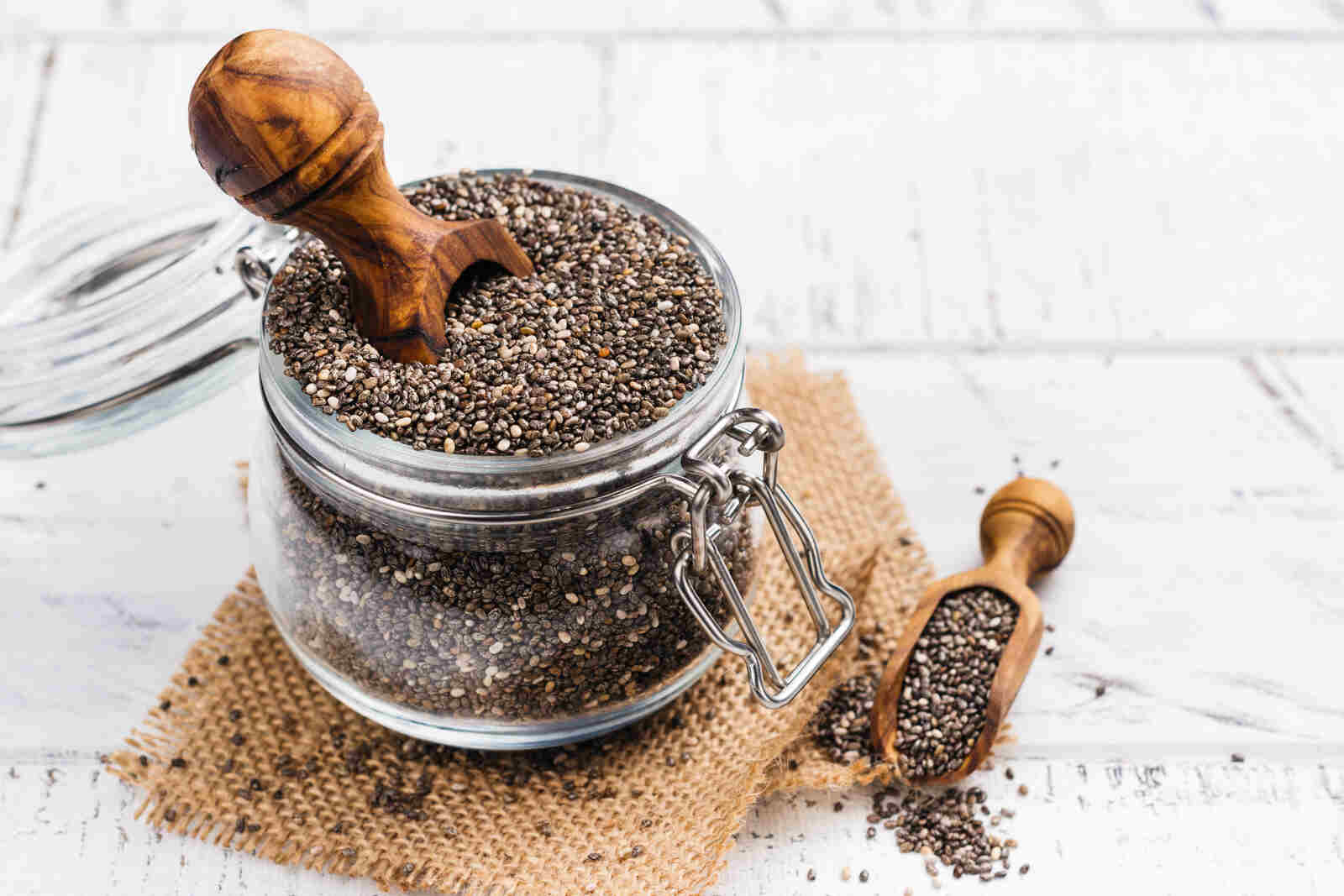
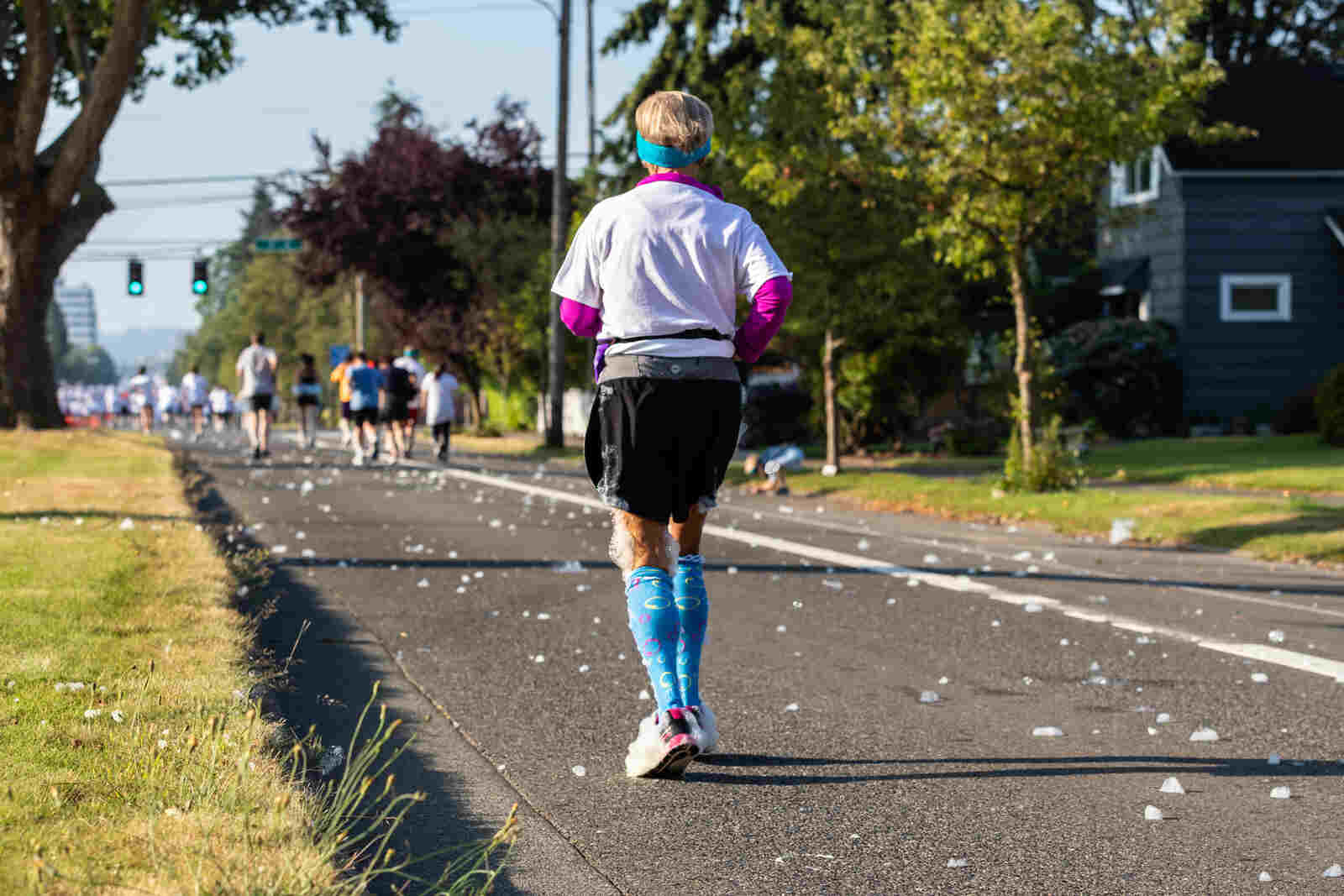
Leave a comment
This site is protected by hCaptcha and the hCaptcha Privacy Policy and Terms of Service apply.